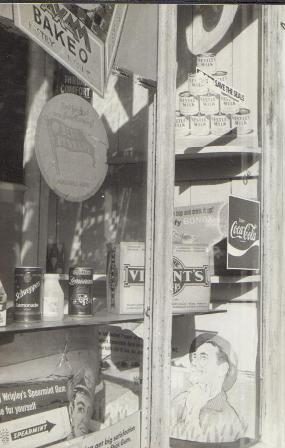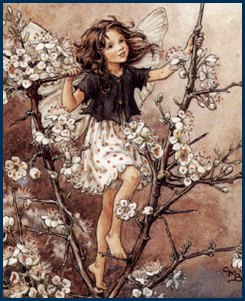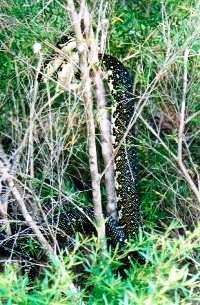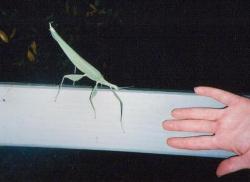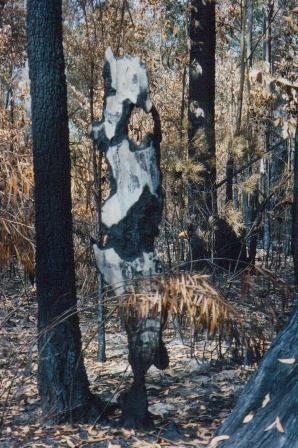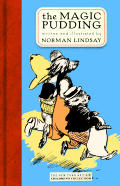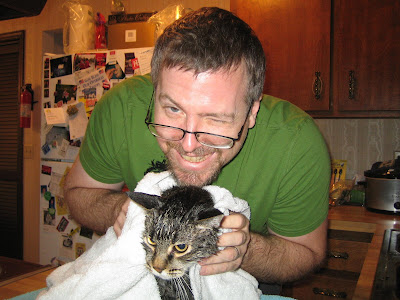Ben Peek guest-blogging
Australians will never acquire a national identity until individual Australians acquire identities of their own.
--Patrick White.
All our best heroes are losers.
--Richard Glover

National identity is a strange thing.
I said at the start that I like the fluidity of blogs. Fucking the spelling, fuck the rules. Start one thing, finish with another. Ideas live for five minutes. Opinions drown in seconds. Both get reborn the next week. I told the Evil Monkey to make a statement without a dick joke and he said stop talking about a place no one in their right mind would buy a plane ticket to go and see.
Fine.
Listen to the Monkey.
National identity is something that gets fought over. Pick your country, we've all seen it. Who belongs, who doesn't. It's a bloody game and the hand prints left over history are always wet. National identity translates into a long list of issues too messy for me to try and pin down now, and to be honest, I don't much care for doing it. It's a big planet. Lots of people. Me, I'm Australian, but I don't reckon being Australian makes you inherently better off than anyone else except in first world vs third world living standards. Outside that, I'd not kill to defend a national identity and I don't much care for any political statement that says I should. Yet it is fought for. Fought over. Fought with. It's important, it's debated, and even if there's no definite set of words or image that you can use to describe a whole country of people, the conversation keeps returning.
In August this year there was a thing in Australia politics about teaching tolerance in Islamic schools. Tolerance apparently means being accepting of different cultures and beliefs, except for girls in a hajib. The ALP wants Islamic schools to bring in bus loads of 'white' friends so they can learn all about democracy and throw out those horribly inflammatory books they're reading. Meanwhile, the actual minister of education, Dr. Brendan Nelson,
in talking about getting Islamic schools to teach tolerance, says things like, "[The story of World War One veteran John Simpson Kirpatrick] which is part myth and part truth, is about an unarmed man with a donkey, who over some 40 days, rescued a number of injured and wounded men. He was unarmed and he represents everything that's at the heart of what it means to be an Australian."
Iqbal Patel, the President of an Islamic school in Canberra, translates this to mean that, "We have in all our schools the very ethos of Australian education, namely respect for each other, mateship, although that's a much-used word in the last few weeks. And you know, teaching the national anthem, flying the flag, teaching Waltzing Matilda."
Up jumped the swagman and sprang into the billabong;
"You'll never catch me alive!" said he;
And his ghost may be heard as you pass by that billabong,
"You'll come a-waltzing Matilda with me!"
Am I the only one who finds it odd that, in the attempt to 'teach tolerance' and what it means 'to be Australian', that Islamic schools, under the direction of the Government or an attempt to appease said organisation, are now teaching the song about the guy who killed himself rather than get caught for stealing a sheep?
Like I said, national identity is a fucked game to play. Spin a wheel, pick an art, get a label. It's strange to think that, somehow, in these songs and films and books and personalities that we would somehow be able to find an identity for millions of people. That something would become intrinsically more valued because it somehow contains this essence of Australia, which may or may not involve killing yourself after you stole a sheep. Personally, I don't reckon you're going to find this Australian essence. The closest you can come to it is by looking at a particular artist's body of work and saying that he/she, over time, engaged in what it meant to be Australian. Or American. Or Iraqi. Or whatever. But, of course, someone would come along and say, "Well, that doesn't say what I think," and then you're back that messy debate. For example, a lot of people connect being Australian to the outback, as if somehow, in that empty, dry landscape, there's a purity that reveals national identity—yet I don’t connect to this at all. But a lot of Australian work is tied to the outback and you can argue that it is that landscape which makes it Australian. Conversely, it also explains why speculative fiction is, more often than not, a difficult thing to connect to national identity. Reading the
responses to Jeff's question about an Australian essence in Australian written work displays that. Of course, the larger argument to be made with speculative fiction is that, due to its step away from reality, it's often more concerned with the business of creating a worlds which exists outside any national identity. As Kim Wilkins notes, "Genre identity is as valid as a national identity."
I'm certainly not here to say if that's true or not. The thought presented itself at the end of this post and I'm going to let it hang there like an odd piece of clothing on a clothesline. Make of it what you will.
(
Ben Peek wrote
the story 'Johnny Cash (a tale in questionnaire results) in issue 4 of Shadowed Realms. It's free. Click to read it. Jeff's Evil Monkey: I got a visit from the Secret Service today. Ben: You did? Jeff's Evil Monkey: They said I had been a bad monkey. Ben: Shocking. Jeff's Evil Monkey: They said that I needed to be punished. Ben: I think I see where this is going. Jeff's Evil Monkey: So I asked them if they wanted to spank me. Ben: *sigh* Jeff's Evil Monkey. I filmed it. You wanna see? Ben: ...Yeah, okay.)



